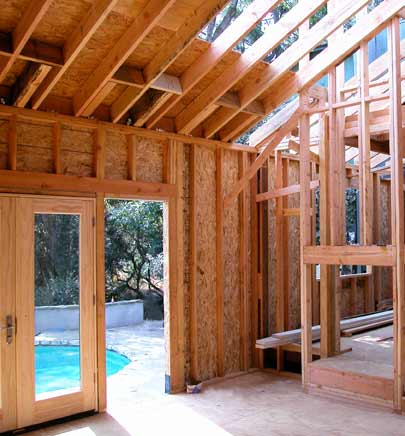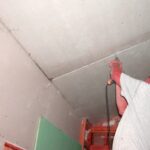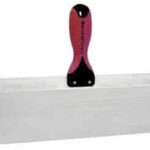If rain penetrates your home’s roof (or if a pipe that passes through the attic or an upper floor leaks), the result is often readily apparent somewhere on the ceiling below the problem spot. Water drips or runs downward and eventually lands on the upper surface of the ceiling material, which is typically drywall or plaster. There it pools and spreads until it finds a place to continue its downward journey. With drywall, that place is often a seam between the ceiling’s panels. If the ceiling is plaster, the water usually just builds up until it saturates the surface enough to leak straight through.
The resulting damage can be pretty ugly. For starters, the dampness discolors the ceiling. And the water degrades the integrity of the ceiling material. If the dampness is allowed to remain for a few days, mold can form. So it pays to take care of the problem quickly. If the problem has been a chronic one, have the stained area tested for mold. See Removing Mold & Toxins.
If you have access into an attic above the drip, go into it and find the roof leak. Catch the leak with a bucket and mop up any standing water with rags.
If you cannot get into an attic above the leak and water is dripping down from one point in the ceiling, place a bucket on the floor under the drip. Prevent the water from pooling and spreading by punching a small hole through the ceiling’s surface with a nail or an ice pick and allowing the pooled water to drain into the bucket.
If you can repair the roof to stop the leak, do so immediately (if DIY repairs are beyond your realm, call a roof repair contractor. If you can’t fix the roof at once, tarp the roof to prevent more water from penetrating it and then deal with the problem when the weather clears.
Allow the damp spot in the ceiling to dry. Then use a narrow putty knife to remove any flaking paint or drywall. Next, see How to Fix Drywall. After the repaired area dries, apply stain sealer to it and then re-paint.



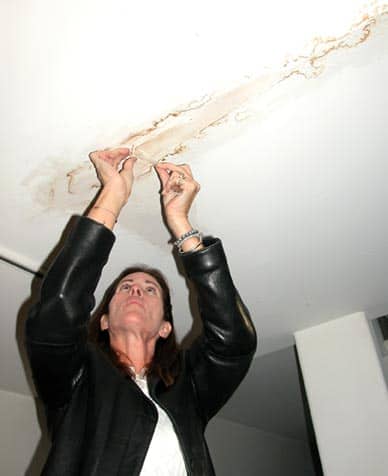
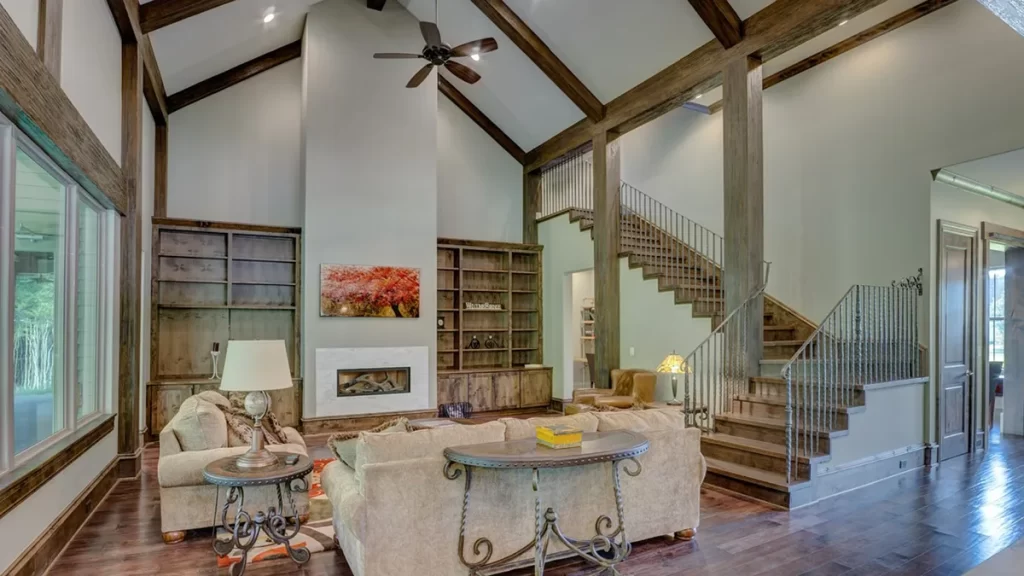
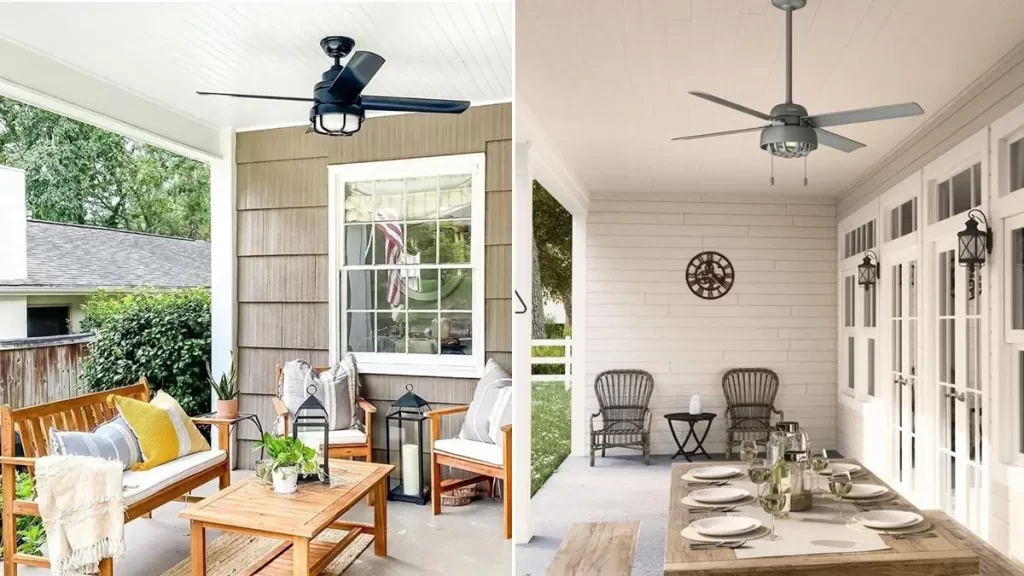
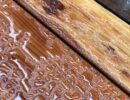

 Don Vandervort writes or edits every article at HomeTips. Don has:
Don Vandervort writes or edits every article at HomeTips. Don has:
